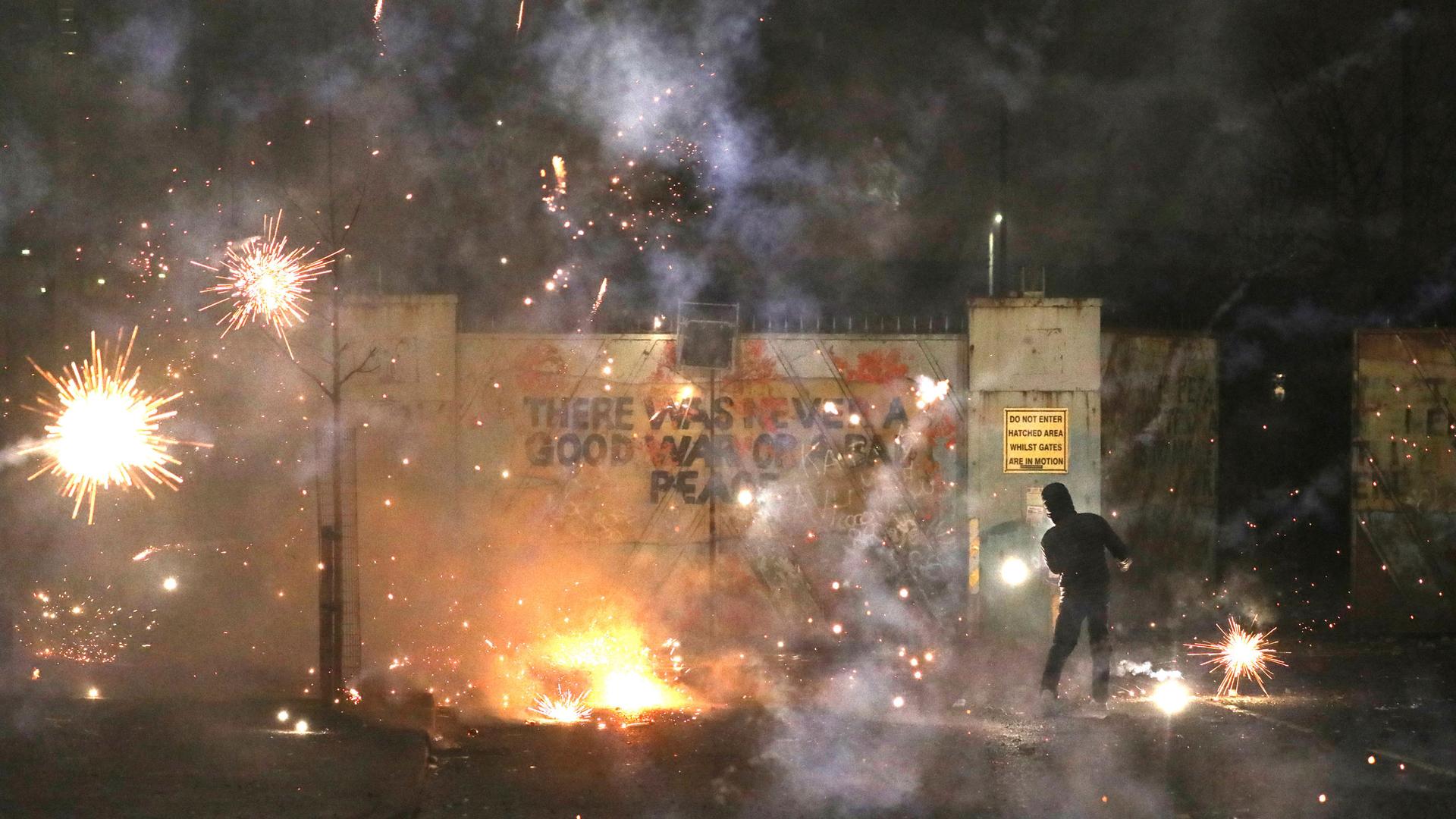This analysis was featured in Critical State, a weekly foreign policy newsletter from Inkstick Media. Subscribe here.
When a political crisis gets bad enough that it erupts into violence, an armed and radicalized force can appear seemingly from nowhere. The creation of this force poses two equally important questions: What makes people decide to take up arms against a government? And, just as crucially, what makes people in similar circumstances decide not to?
Related: Civil warcraft: Part I
Or, as authors Emma Ylitalo-James and Andrew Silke put it, the answer to these two questions “depends not just on developing a better understanding of terrorists, but equally on developing a fuller understanding of compatriots who share many of the same traits, characteristics and contexts, but who did not progress to involvement in terrorism.”
Their work, “How Proximity and Space Matter: Exploring Geographical & Social Contexts of Radicalization in Northern Ireland,” involved interviewing 17 former paramilitary members and 12 paramilitary sympathizers who, despite their inclinations, did not join in the violence. It’s a study of the dynamics and forces that lead some to radicalization, but not all.
By focusing on people in Northern Ireland, the researchers were able to draw on both a long history of paramilitary violence complete with cohorts of supporters who did not participate in the violence. At the same time, the Good Friday Agreement of 1998 marked a formal end to the conflict if not all the tensions, and meant that people could speak more openly of the violence as past tense.
Related: Civil warcraft: Part II
One of the findings from the study, when talking to people who join a paramilitary force, is that they did so because the specific geography of their home encouraged it. In some cases, this was because the particular block they lived on was on the direct boundary line between a Protestant and Catholic area.
In other circumstances, the British government’s policy of homogenizing neighborhoods to mitigate conflict meant relocating families. One former member of the Ulster Freedom Fighters noted that “there were an awful lot of protestants were living in them houses but them protestants were pushed out to make way for nationalists to move in — they were saying well that will happen to us. They’ll push us out.”
As much as close proximity to a real or perceived front line drove radicalization, being even a block or two away from the front line meant thinking about the conflict differently, or at a minimum not acting as though always under imminent threat.
This was reflected, too, in the way that the physical and personal geography of life for the paramilitary members became confined to the areas they felt safe. Going out meant only going to bars and clubs vetted and frequented by the same faction, and often doing so among members of one’s own specific paramilitary unit, where trust and cohesion could offer a sense of security. This was often compounded by direct experience of loss, either friends or family, which, for many, cemented a path into seeking justice through armed violence.
For those who did not radicalize into paramilitary participation, one participant said regular contact through soccer created community beyond that focused on sectarian violence. Others pointed to distance from conflict flashpoints, overriding work and university obligations, and even already being in mixed communities.
The authors ultimately focused on geography, personal experience of violence, and social isolation as the significant factors determining if people primed for radicalization end up following through. A geography that prevents neighborhoods from becoming enclaves or front lines can reduce spaces for conflict, personal distance from the tragedy of violence can lessen proclivity to take part in it, and a community across sectarian lines (or at least one forged outside sectarian identity) can all steer people away from violent radicalization.
Critical State is your weekly fix of foreign policy analysis from the staff at Inkstick Media. Subscribe here.
